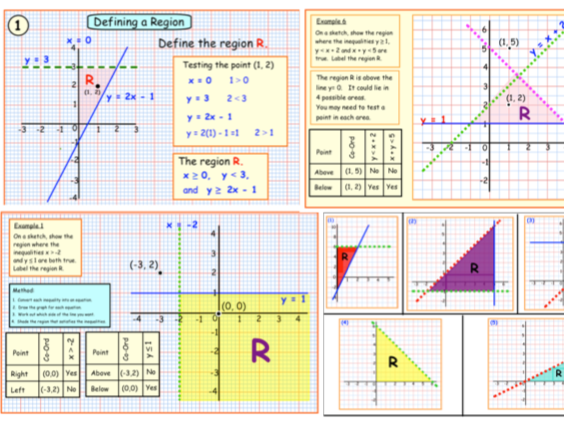A_Gualda's Shop
Planned and tested Mathematic resources for teachers in the primary, secondary and FE sectors. A wide range of subject matters from algebra to geometry in both interactive and powerpoint formats. So if you need an affordable solution for a Maths lesson plan then the Maths Geezer has a solution.





















